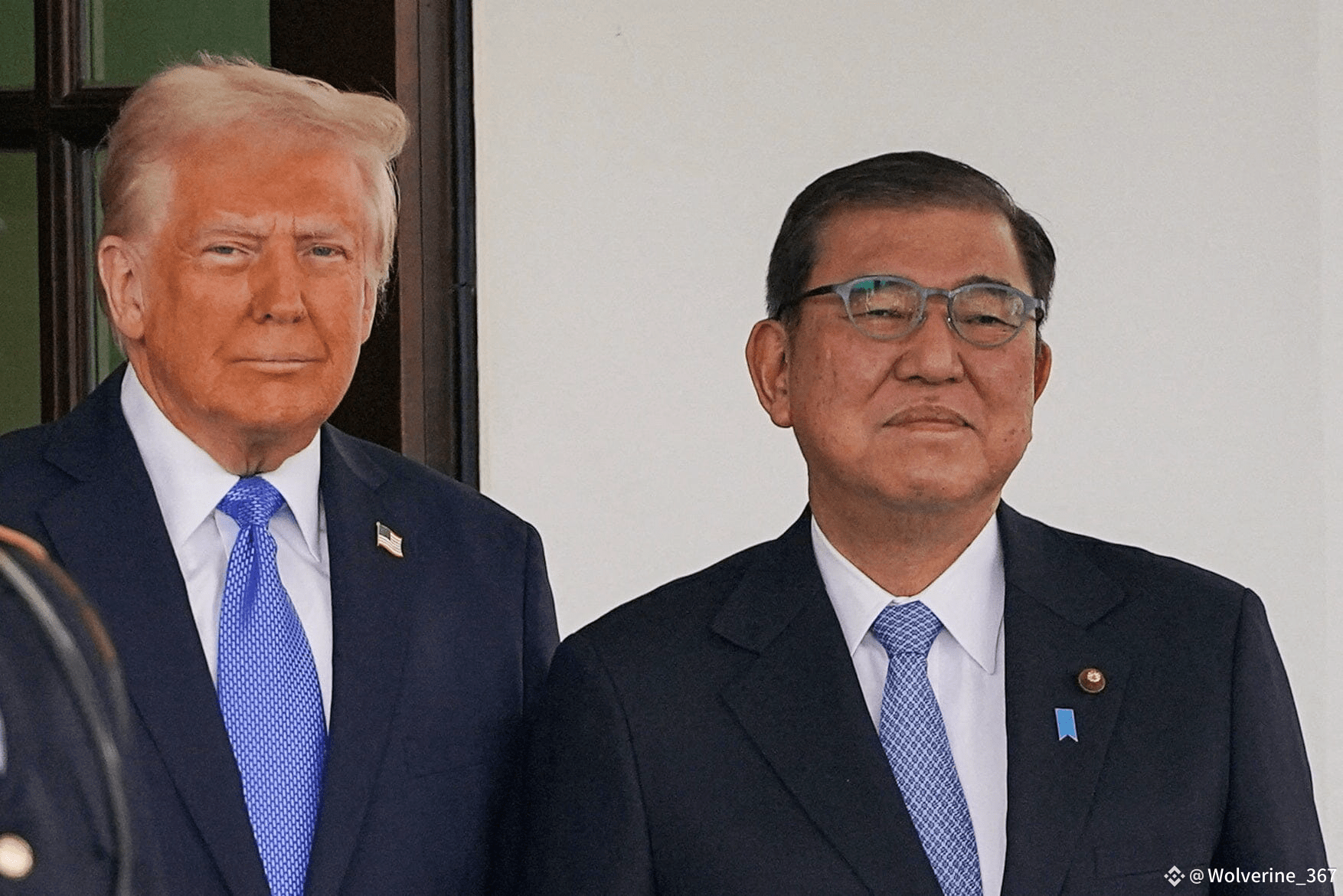Japan agreed a trade deal that would see the US cut import tariffs on automobiles from the East Asian country from 25 per cent to 15 per cent.
The deal is a significant boost to the Japanese automobile industry which sends over a quarter of its total exports to the US market.
American president Donald Trump described it as the “largest TRADE DEAL in history” and an “exciting time for the United States of America”.
Here are the key features of the agreement.
Japanese investment in US economy
The deal commits Japan to investing $550bn in the US economy. Prime minister Shigeru Ishiba confirmed the deal had been struck on Wednesday, just days after his ruling Liberal Democratic Party suffered a major loss in a key upper house election.
RECOMMENDED
The remarkable similarities between Oleksandr Usyk and Muhammad Ali
Rayner criticised over summer riots warning
Own 1 - 4 Bedroom Apartments From 1.9M AED In Dubai IslandsImtiaz Developments|Sponsored
From NVIDIA to Bitcoin: Where are they headed?eToro|Sponsored
Powered by Taboola
Despite facing calls to step down in the wake of the loss, Mr Ishiba vowed to move forward with the agreement, insisting it didn’t compromise Japan’s agricultural interests.
“This agreement does not sacrifice Japanese agriculture,” he said, adding that US rice imports would remain within existing quotas.
American access to Japanese market
The agreement expands market access for American goods like automobiles, rice and other agricultural products. The full terms are still to be made public, however.
Mr Ishiba said he would closely review the agreement before releasing it, noting his chief trade negotiator, Ryosei Akazawa, had made eight trips to Washington since April to negotiate with treasury secretary Scott Bessent and commerce secretary Howard Lutnick.

Stock and currency market reactions
Japanese markets reacted positively to the deal, with Nikkei rising two per cent in early trading, led by automakers. Toyota’s shares jumped 10 per cent while Honda gained nine per cent. However, Japanese bond futures fell sharply, with the 10-year benchmark dropping 0.92 yen to its lowest since March.
The yen initially surged to a near two-week high before falling amid reports of Mr Ishiba’s impending resignation. The dollar index fell for the third consecutive day.
“There’s some dovishness infecting the market at the moment around the US dollar,” Michael McCarthy, market strategist at Moomoo Australia, said.
Criticism from American auto industry
The agreement drew criticism from American carmakers who argued that the deal gave preferential treatment to Japanese imports.
“Any deal that charges a lower tariff for Japanese imports with virtually no US content than the tariff imposed on North American-built vehicles… is a bad deal for US industry and US auto workers,” said Matt Blunt, president of the American Automotive Policy Council.
Tariffs on vehicles made in North America remain at 25 per cent.
Exclusion of metals and defence
The new agreement does not address the longstanding issue of 50 per cent American tariff on Japanese steel and aluminium.
It also excludes provisions related to defence budgets.
Mr Trump, however, indicated that Japan could join a proposed US-backed natural gas pipeline project in Alaska. “They’re all set to make that deal now,” he said during brief remarks at the White House.
More deals to follow?
Mr Trump said that EU trade negotiators would arrive in Washington on Wednesday, signalling momentum for further deals in the coming days.
Mr Bessent suggested that the US was open to extending the tariff negotiation deadline of 1 August if progress was made in talks with partners.
The US deal with Japan follows months of tension over trade and may help stabilise economic relations between the allies.
In 2024, total two-way trade stood at nearly $230bn, with Japan holding a surplus of approximately $70bn. Japan remains the largest foreign investor in the US, with over $2tn in American assets.
